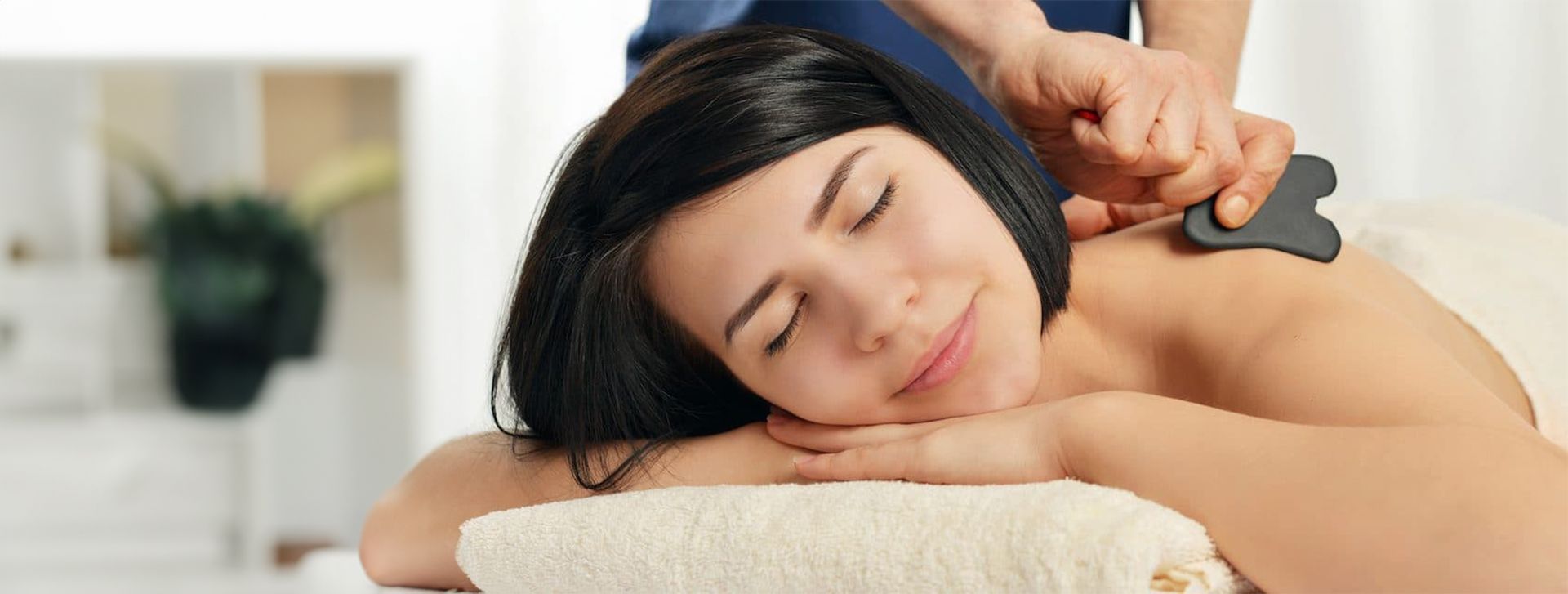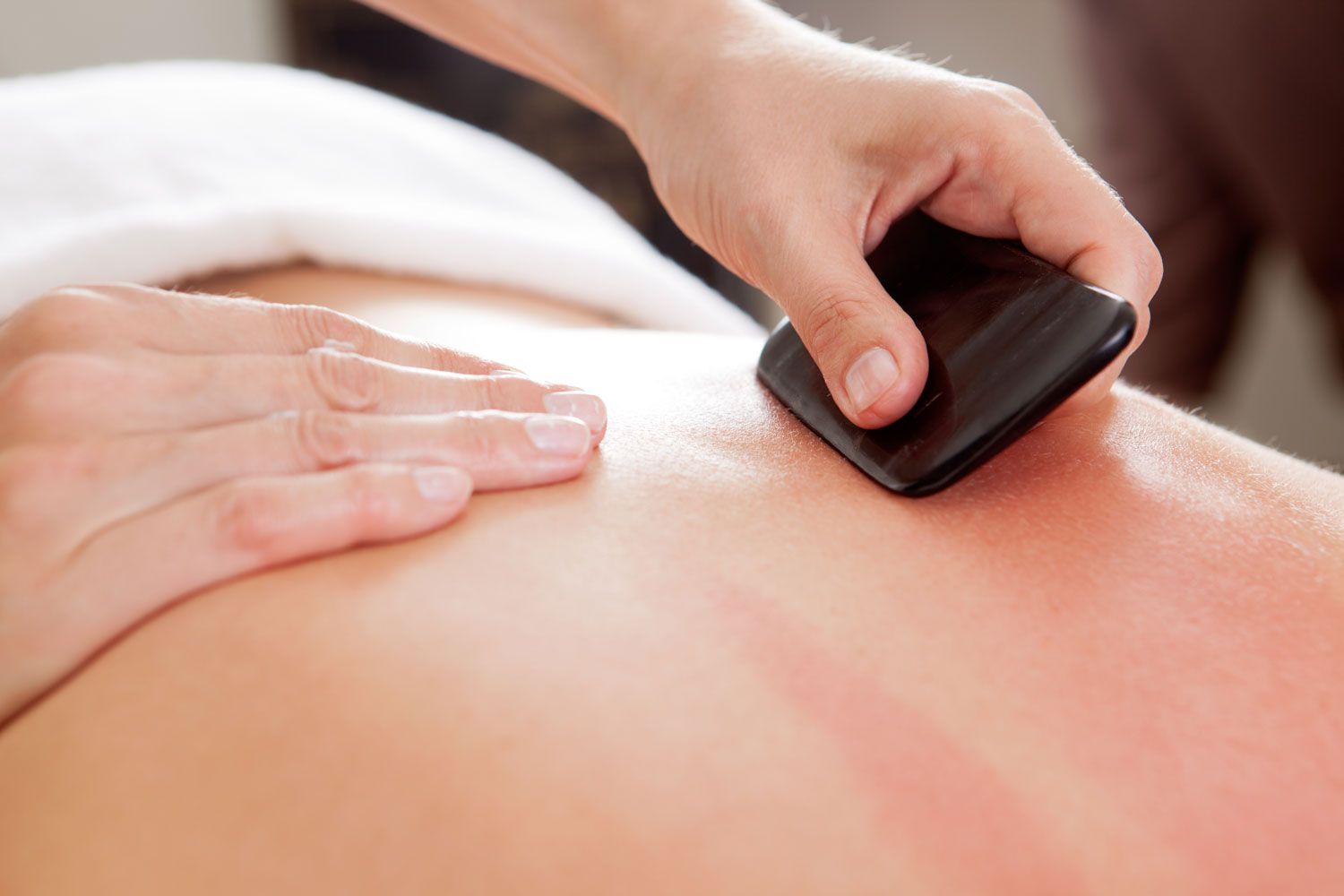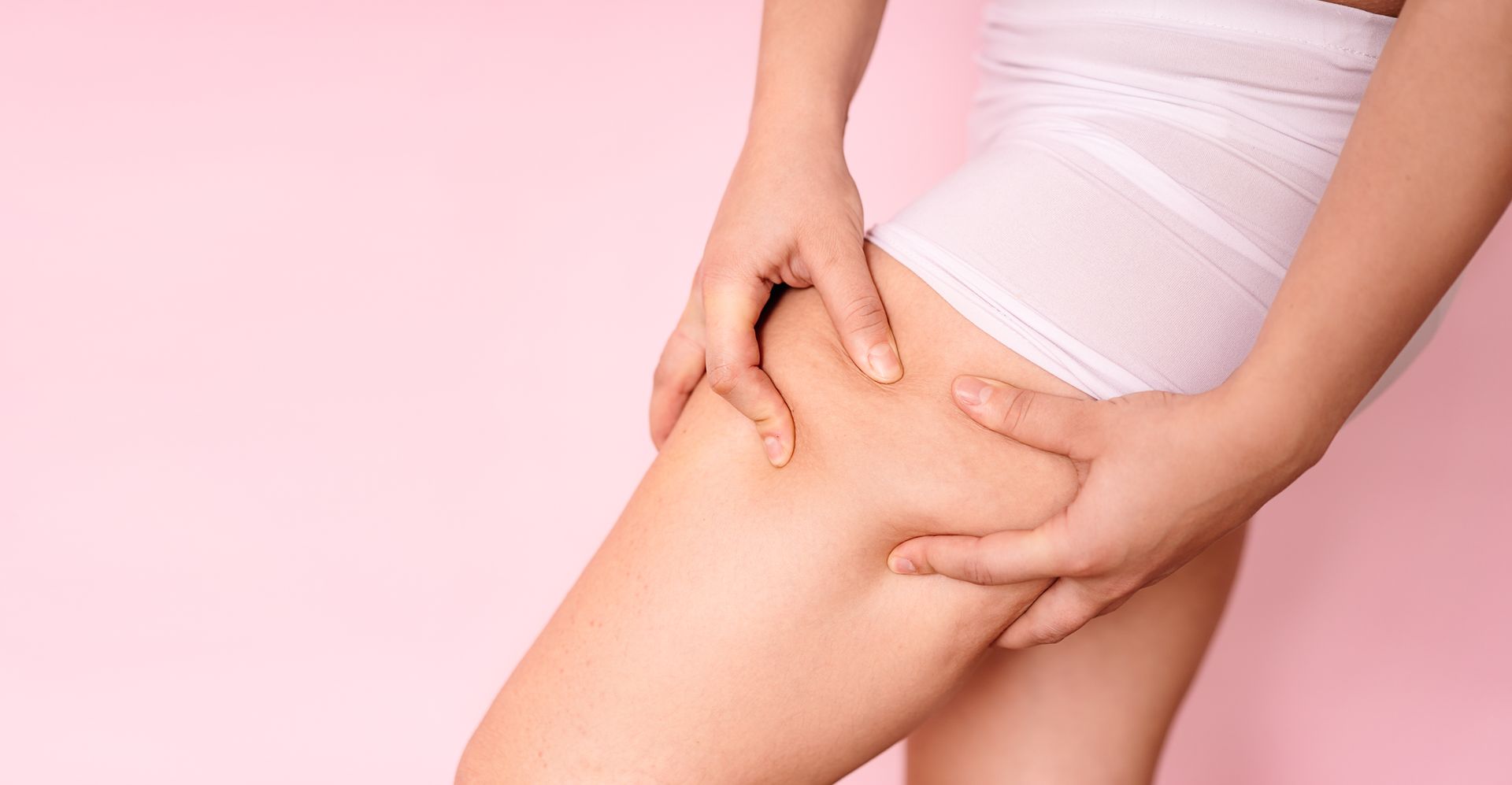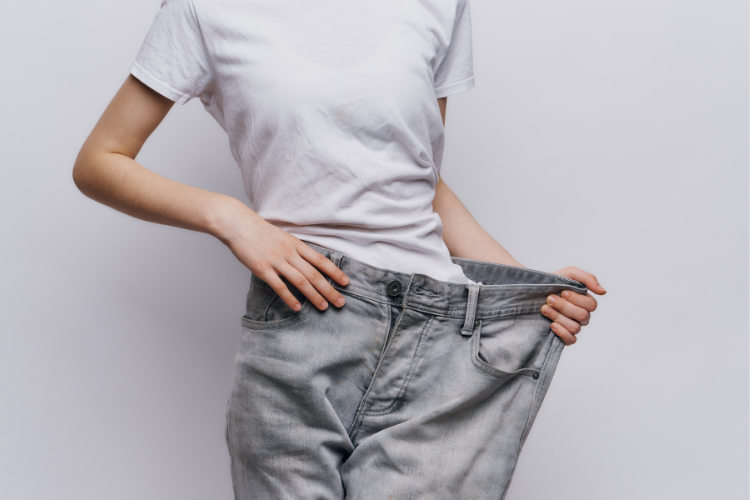A Brief History of Scraping Therapy and Cupping Therapy
These techniques go back thousands of years.

The Chinese invented gunpowder, paper, and also the liang teh (which quite literally translates to cooling tea) we drink on a hot day. But did you also know about the strides they made in physical therapy?
About 2,000 years ago, they discovered scraping therapy or guasha, a TCM method that involves scraping the skin to stimulate the lymphatic system. Then, they invented cupping in 281 AD. This is where cups are heated and applied on affected areas to fight inflammation.
Scraping and cupping treatments are distinctive offerings of many massage parlours and beauty spas across Singapore. Other than relieving muscle aches, what is less known is that these treatments are also effective for weight loss and body contouring.
Although scraping and cupping seem primitive, they are based on long-standing TCM practices that have evolved over the last two millennia.
The cups runneth over
The first record of cupping in China was in the year 281 AD. Ge Hong, a medicinal herbalist, wrote about it in an ancient tract called Handbook of Prescriptions for Emergencies. Back then, cupping tools looked nothing like glass cups – Ge Hong and his peers mainly used animal horns.
During the Tang Dynasty (618–906), cupping became an accepted solution for treating pulmonary diseases, in conjunction with acupuncture and moxibustion.
Much later during the Qing Dynasty (1644–1911), physicians experimented with bamboo cups and ceramic vessels. By this time, cupping practices had become well-established. Over time, the practice of cupping expanded to treat abdominal pain, rheumatic pain, muscle strains, headaches, asthma, and the common cold.
How does it work? When you heat a glass cup, it expels the air within it, forming a well of negative pressure. The pressure in turn causes suction when you apply the cup to your skin.
Suction lasts for 15-20 minutes at most, and opens up the capillaries just beneath the skin’s surface. This improves circulation by allowing freshly oxygenated blood to restore the injured area. At the same time, it results in the circular mark that cupping has come to be known for.
Cupping gets increasingly popular
Recently, cupping had its 15 minutes of fame in Western media when Michael Phelps and other Olympians sported circular purple marks at the Rio De Janeiro Games.
According to this report in The New York Times, a number of studies have shown that cupping effectively relieves pain. For example, in a 2012 study of 61 people with chronic neck pain, subjects who underwent cupping scored higher on measurements of well-being. They felt less pain than those who used progressive muscle relaxation.
Dr Leonid Kalichman, author of Journal of Bodywork and Movement Therapies, said that cupping has physiological effects for certain.
That’s because something interesting happens when cupping draws the skin away from underlying muscles. This action actually triggers the immune system to produce cytokines. Cytokines are small proteins which work closely with the immune system to regulate inflammation.
Scraping: An even older practice
What about scraping? This practice is a few hundred years older than cupping, and goes by other monikers like cao gio, coining and spooning.
Historians say that it could have originated during the Spring and Autumn Period (770–ca. 475 B.C.), when people started using smooth stones and needles to treat ailments. Today, modern practitioners use implements like smooth wood grain jade, animal horn, polished wood, porcelain spoons. The tools may have changed, but the principles of scraping therapy remain.
In scraping therapy, the practitioner applies pressure while stroking the skin with a flat handheld tool. This process mobilises stagnating blood in lymphatic tissue, while drawing metabolic waste to the skin surface.
As your circulation improves, the now-moving blood manifests on the skin surface as sha (which literally translates to “sand”), taking on the appearance of petechiae, or red dots.
In addition to providing relief from pain, scraping therapy enhances blood circulation and many functions of the nervous system.
Does scraping work?
It is hard to argue with the TCM belief that the health of one’s internal organs is reflected on the skin. The patterns and colours of the petechiae tell a story, and provide some insight for diagnosis.
“Scraping can be used to treat chronic degenerative diseases such as migraines, shoulder and back pain, menstrual disorders, insomnia, hypertension, rheumatoid arthritis and much more,” said Liu Chunyan from the third Affiliated Hospital of Beijing University of Chinese Medicine.
According to this report in the South China Morning Post, there have been more than 120 studies on scraping since 2005. They mostly investigate its effect on debilitating musculoskeletal conditions, such as chronic back pain.
In 2009, researchers at Harvard found that scraping has potential for anti-inflammatory and immunological properties. In 2011, another Harvard study showed that scraping reduced liver inflammation in chronic active hepatitis B.
Cupping and scraping are founded on ancient TCM theory
As with many other TCM practices, both cupping and scraping therapy can be applied on acupressure points along our meridian channels.
According to TCM schools of thought, the human body has 12 standard meridians. These are located at a certain depth and run through fixed courses in the body. Branching out from meridians are what we call collaterals, which run crisscross in a network through the entire body.
The purpose of the meridians is to transport blood and energy to all organs.
TCM practitioners attribute many of our physiological problems to blockages in our meridian network. One of the most common type of blockage is stagnating blood. This basically refers to how the movement of blood becomes restricted as your circulatory system weakens with age.
That is why many practices in TCM therapy work specifically to clear these blockages.
How Absolute Wellness can help
The above explanation of how cupping and scraping work, of course, is a simplified version of a complex field that is 2000 years in the making.
The understanding of the human body in TCM perspectives has not only helped in the treatment of medical diseases. It has also become useful for improving sub-health conditions, such as obesity, indigestion and issues related to the metabolism.
Cupping has been known to reduce stubborn visceral fat cells. Scraping has been successfully used to achieve contours in one’s jawline and waistline.
If you are looking for a safe and natural long-term solution to losing weight, you may want to consider Absolute Wellness’s signature CSH therapy® program. Using a traditional Chinese approach, CSH therapy® is a three-step programme that includes cupping therapy, scraping and heat treatment.
When combined with sensible eating and sufficient rest, this treatment can supercharge your metabolism to produce up to 4-6kg of weight loss in 1 month*.
Since 2002, Absolute Wellness has helped thousands of clients achieve their ideal weight with a 99 per cent success rate. Make the first step and book a consultation today, or read more about what our CSH therapy® program is about.
*Results may vary between individuals.



